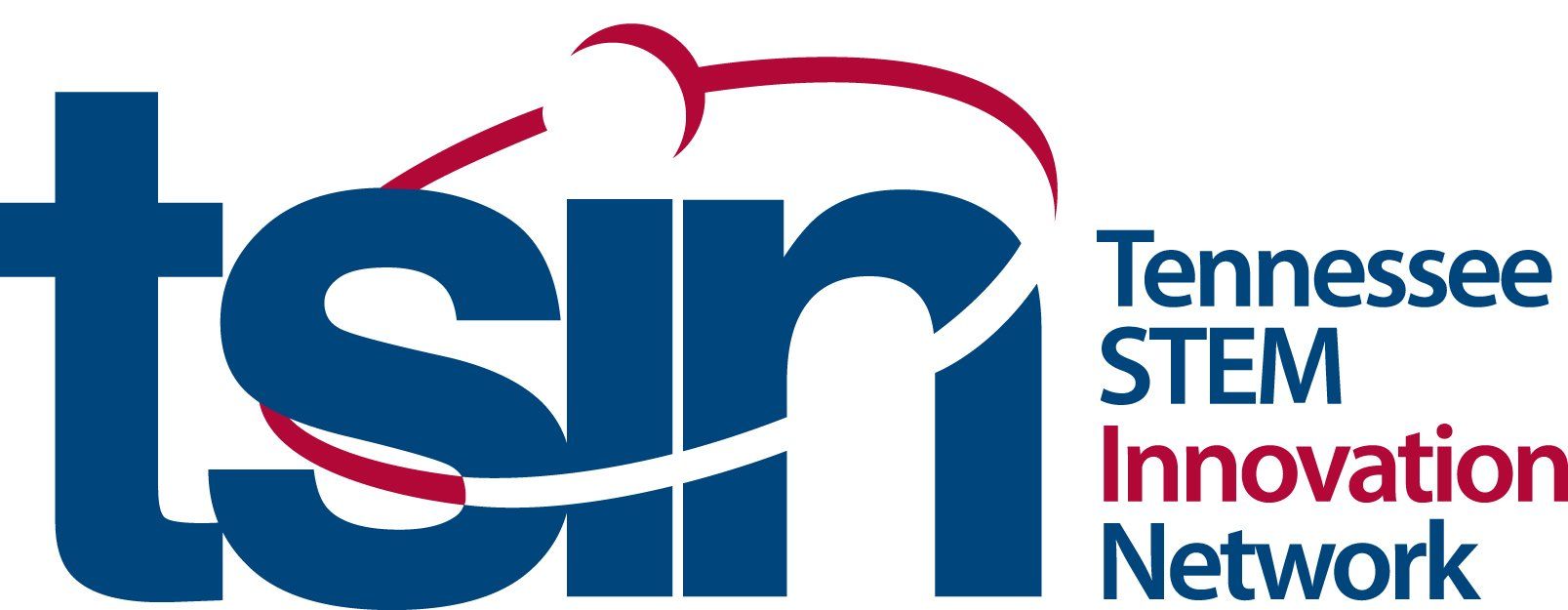Marie Curie Week!
Maker Monday
Close your eyes and picture a scientist. Did you see someone wearing a lab coat? Many scientists wear a lab coat for several reasons. It is one of the most visible symbols of science. Even Marie Curie wore a lab coat!
Today, you will learn about lab coats and make your own!
Step 1:
Have you ever thought about what scientists do? There are so many different types of scientists. Let’s learn about scientists in
this
What is a Scientist read aloud video or
this
Little Scientist read aloud.
Step 2: You have been asked to create a new design for the traditional lab coat. Get some inspiration from the Abbott Reinventing the Lab Coat Challenge. Decide what kind of scientists will wear your lab coat and consider their special needs and interests.
Step 3: Use this template to design a lab coat that will meet the needs of your scientists. Will your coat have a theme like animals or sports? What colors will work best? Think about the additions that might help your scientist perform their job: pockets, clips, pen holders, and more.
Step 4: Now, you have the opportunity to personalize your own digital lab coat to showcase who you are. Click here to make a copy of the slides. Then, design your own lab coat. Once you're finished, save your design to share. If you want to make a physical drawing instead, put it in your Da Vinci Notebook.
Step 5: Be sure to ask an adult to share your lab coat design on social media using #MakerMonday & #LearningInPlaceTN!
Additional Resources:
Wonder Wednesday
There have been countless scientists over the years, but few have been paved the way like Marie Curie. Her discoveries with radium, polonium, and uranium led her to winning a Nobel prize in physics and chemistry!
Today, you will explore who Marie Curie was and learn about her scientific achievements!
Step 1: Visit Wonderopolis to learn about Marie Curie’s life and achievements. Can you answer these questions:
- What 2 areas did she earn degrees in?
- What radioactive element did she discover?
- What is important about her work in science?
Step 2: Marie Curie was the won the second Nobel Prize in 1911. So, what is the Nobel Prize? Explore "What is the Nobel Peace Prize" to learn more. If you're curious about Nobel Prizes in science, investigate facts about Nobel Prizes in Physics and Chemistry here.
Step 3: What elements did Marie Curie discover? One element is
radium and the other element is
polonium. Can you find these elements on the
periodic table of elements? Learn about the periodic table with
this fun song! Older students can quiz themselves about the periodic table
here.
Step 4:
How did Marie Curie help win World War I? She created
mobile x-ray trucks known as “little Curies”! Imagine how her innovations helped to save lives! Watch
this
video to learn about this innovative approach to treating soldiers.
Step 5: Ask a family member to share what you learned about Marie Curie on social media using #WonderWednesdayTN & #LearningInPlaceTN!
Additional Resources:
Google Arts & Culture: Marie Curie
Future Friday
Marie Curie studied and earned degrees in both math and science. If you like to solve problems, test out ideas, or ask questions, a degree in math or science is for you! With these degrees, you can have any number of careers.
Today, you will explore potential careers related to the life of Marie Curie!
Step 1: Math is not just a class you take in school, it can be a career! Watch "Careers in Math: Typical Courses & Degrees" to learn about possible math degrees. Applied mathematics focuses on problem solving. Learn about this career field in this video by the University of Colorado. Explore more careers that use math here.
Step 2: Physics includes mechanics, heat, light, radiation, the structure of atoms, and more. Examine this infographic to learn about the top careers with a physics degree. Get more familiar with physics and what physicists do here. Detailed information about a career as a physicist can be found from the here.
Step 3: Chemistry focuses on matter, its properties, and substances and their transformations. Examine this infographic to learn about the top careers for a chemistry degree and take a peek inside a day in the life of a chemist here. Detailed information about careers available here.
Step 4: Fascinated by x-rays? Learn about radiology careers options: radiologist and radiologic technician. Detailed information about these careers can be found here.
Step 5: Ask an adult to share something you learned about these careers using #FutureFridayTN & #LearningInPlaceTN!
Additional Resources:
What is the Difference Between Chemistry & Physics?
Connecting Globally - We at TSIN believe STEM connects us all and in an effort to enhance those connections, the Resources for 2021 will be connected to the United Nations Sustainability Development Goals.
Goal 4: Ensure inclusive and equitable quality education and promote lifelong learning opportunities for all
Goal 5: Achieve gender equality and empower all women and girls




